Primary Petrochemical Market Summary
As per MRFR analysis, the Primary Petrochemical Market Size was estimated at 751.46 USD Billion in 2024. The Primary Petrochemical industry is projected to grow from 785.06 USD Billion in 2025 to 1215.92 USD Billion by 2035, exhibiting a compound annual growth rate (CAGR) of 4.47 during the forecast period 2025 - 2035.
Key Market Trends & Highlights
The Primary Petrochemical Market is currently experiencing a dynamic shift towards sustainability and technological innovation.
- North America remains the largest market for primary petrochemicals, driven by robust demand in the plastics sector.
- Asia-Pacific is recognized as the fastest-growing region, with significant investments in petrochemical infrastructure.
- The plastics segment continues to dominate the market, while the fuels segment is witnessing rapid growth due to changing consumer preferences.
- Rising demand for plastics and increasing investment in infrastructure are key drivers propelling market expansion.
Market Size & Forecast
| 2024 Market Size | 751.46 (USD Billion) |
| 2035 Market Size | 1215.92 (USD Billion) |
| CAGR (2025 - 2035) | 4.47% |
Major Players
Saudi Basic Industries Corporation (SA), ExxonMobil Chemical Company (US), Dow Inc. (US), LyondellBasell Industries N.V. (US), Reliance Industries Limited (IN), BASF SE (DE), Formosa Plastics Corporation (TW), SABIC Innovative Plastics (US)


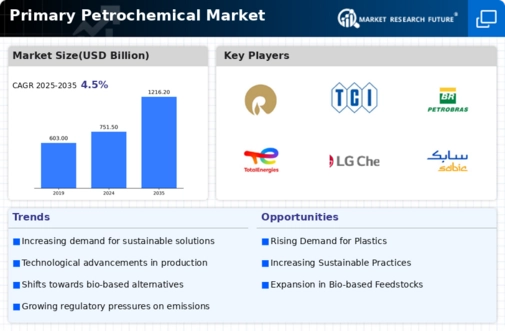
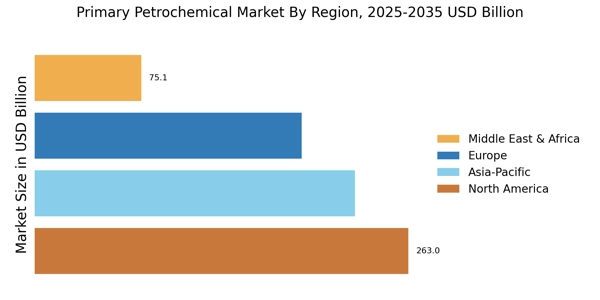


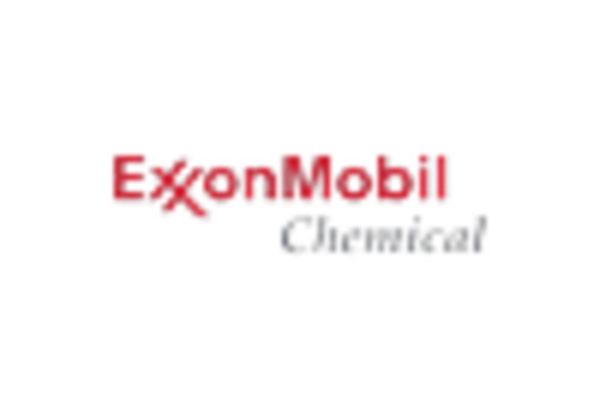
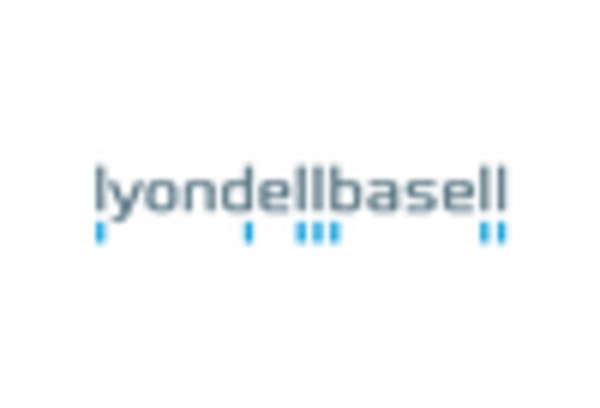
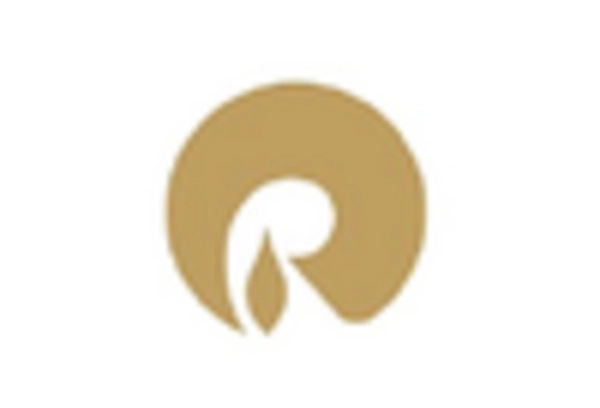
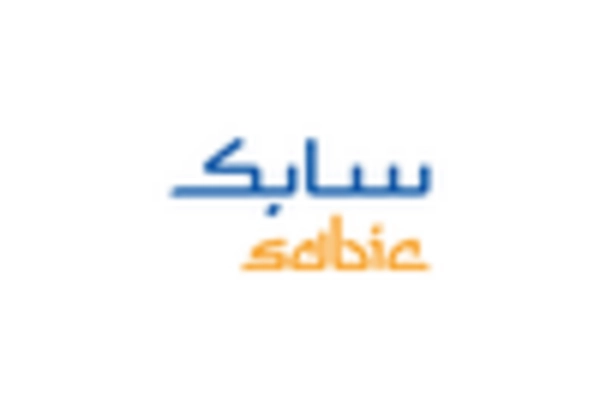








Leave a Comment